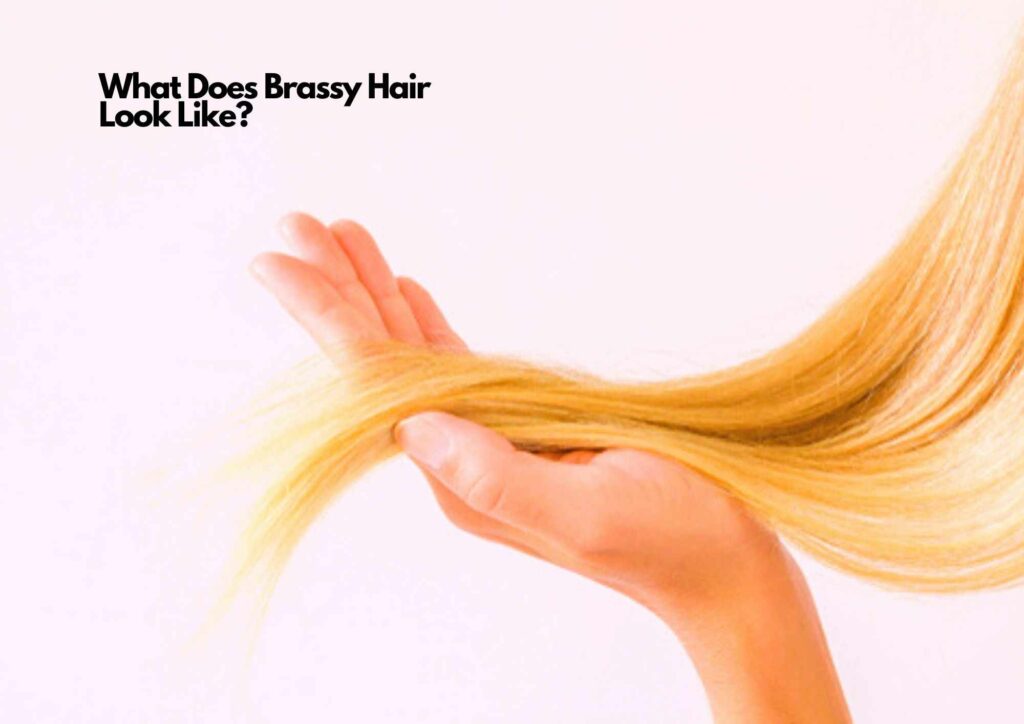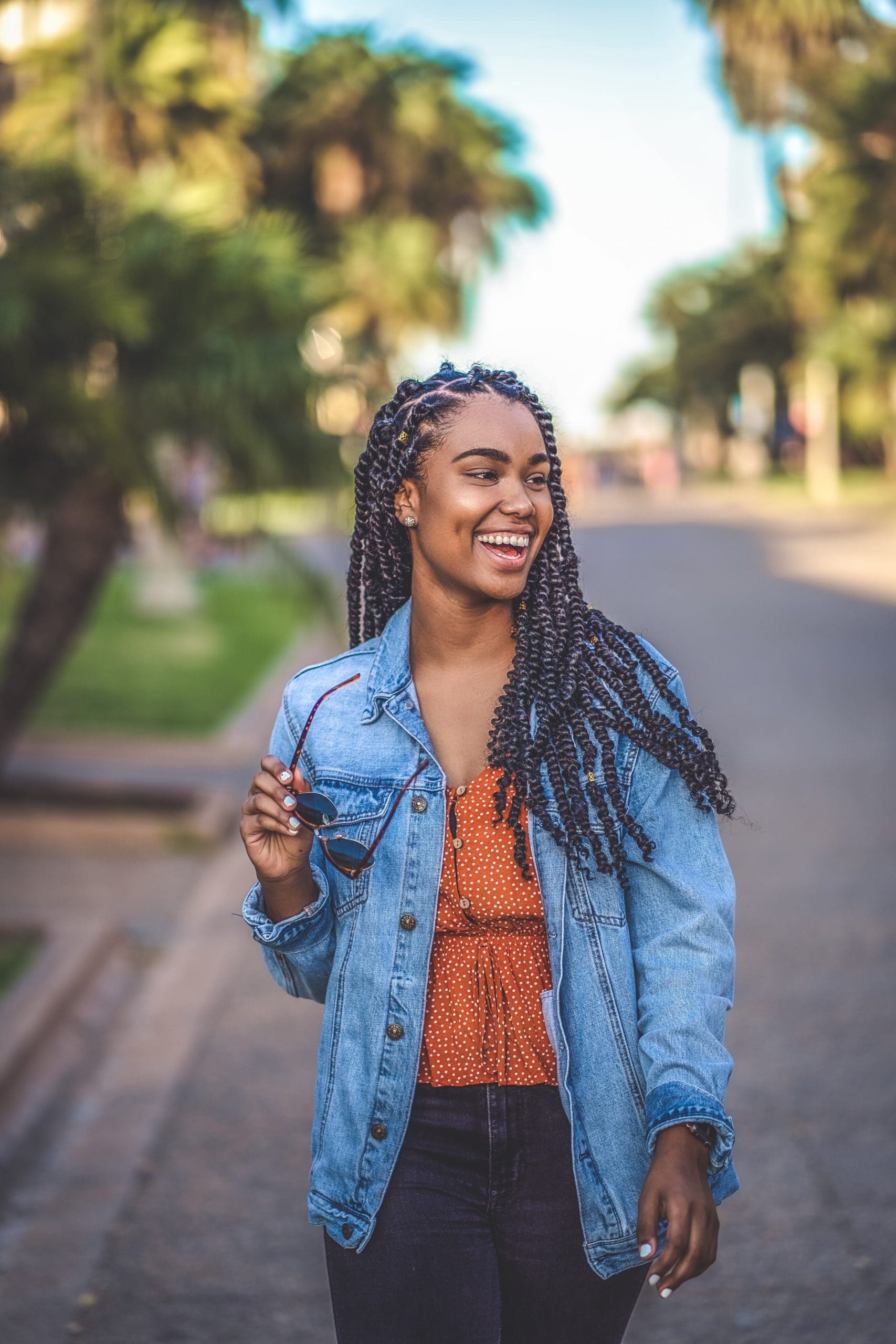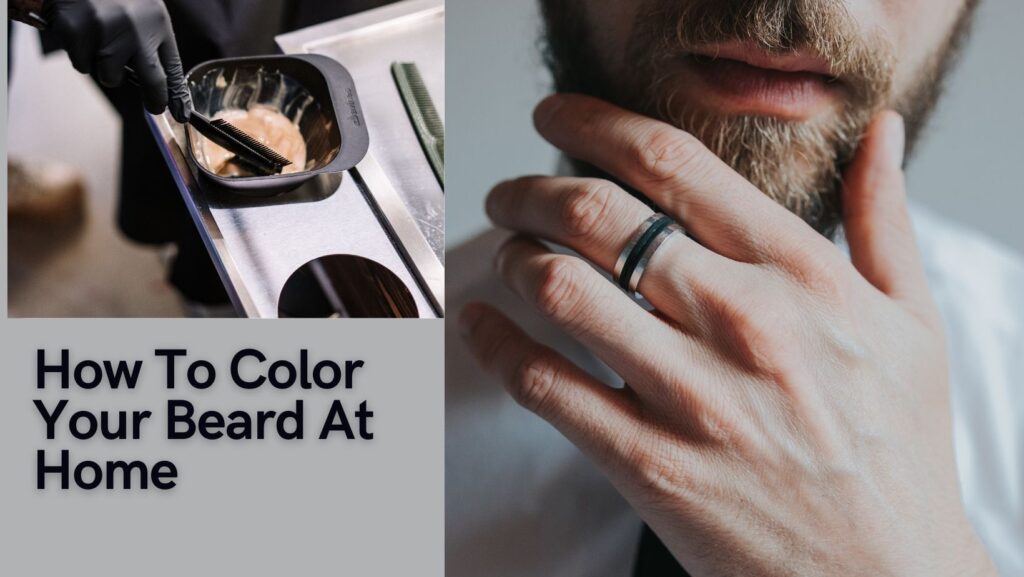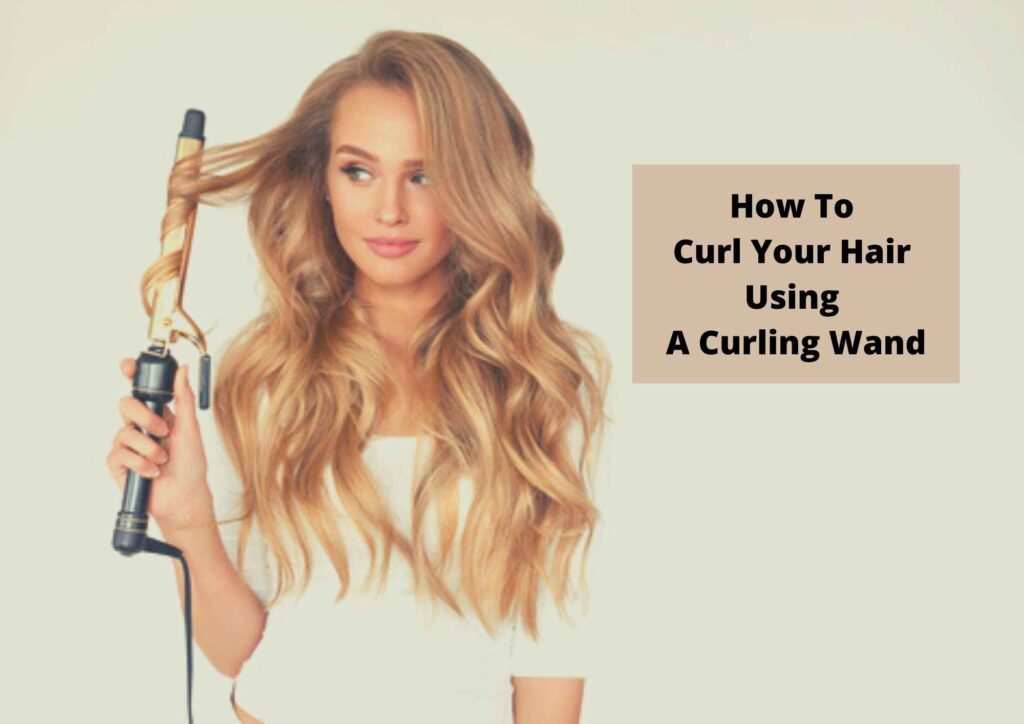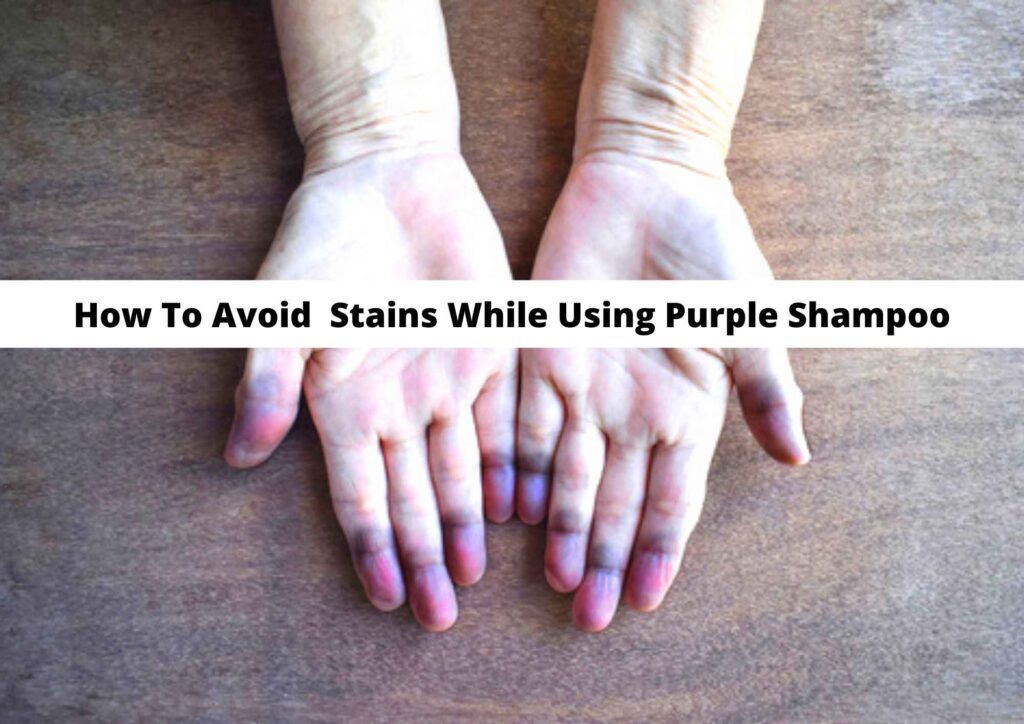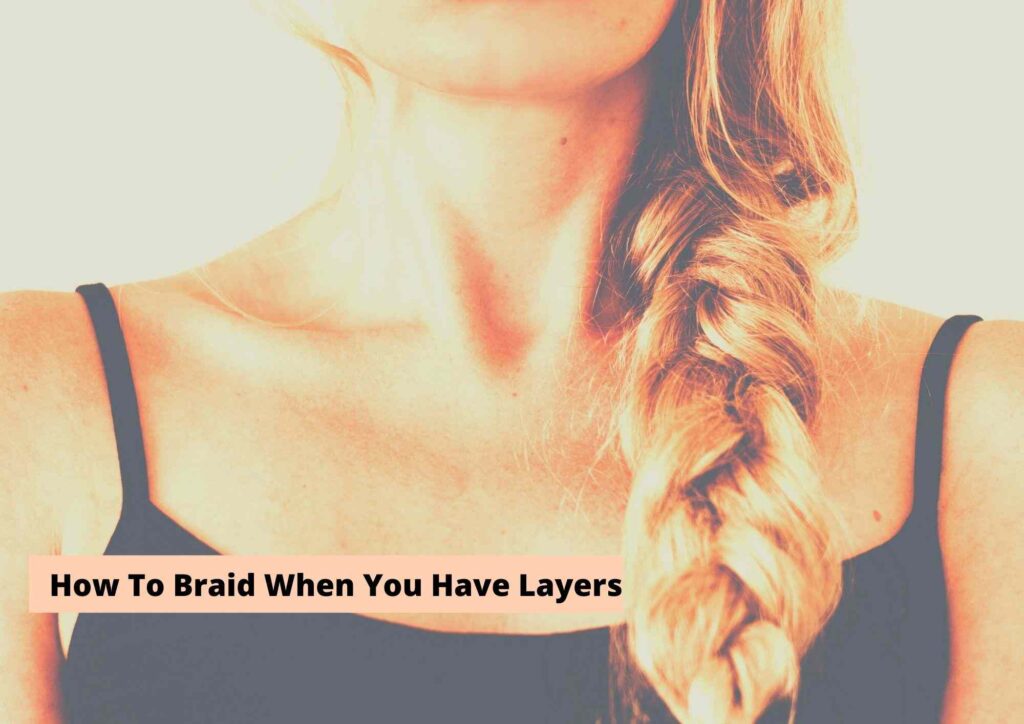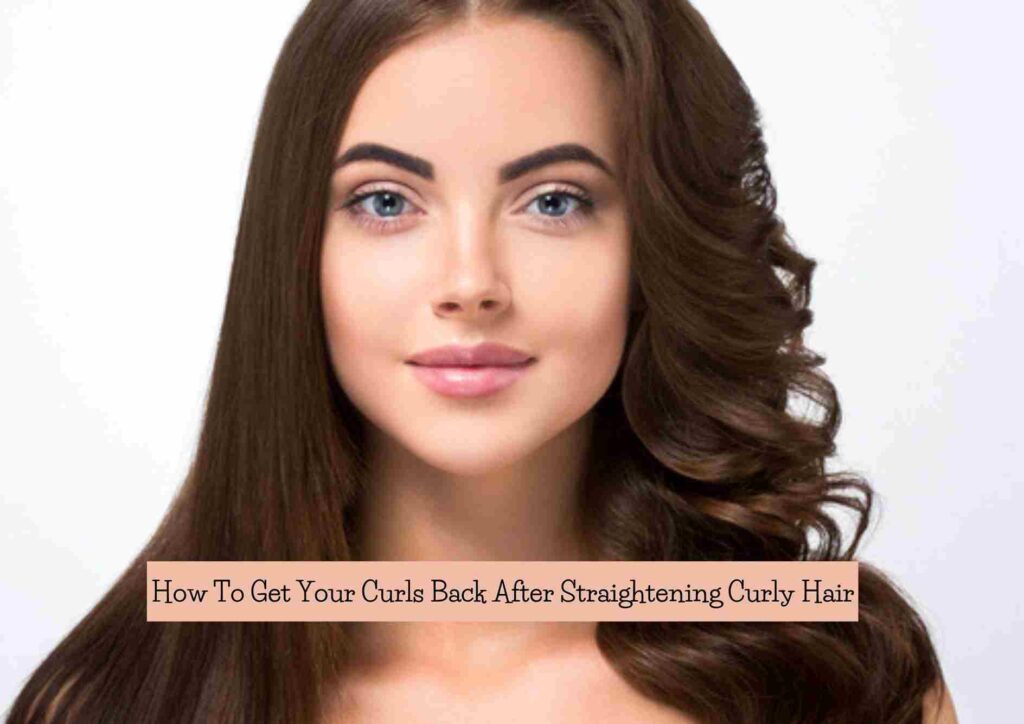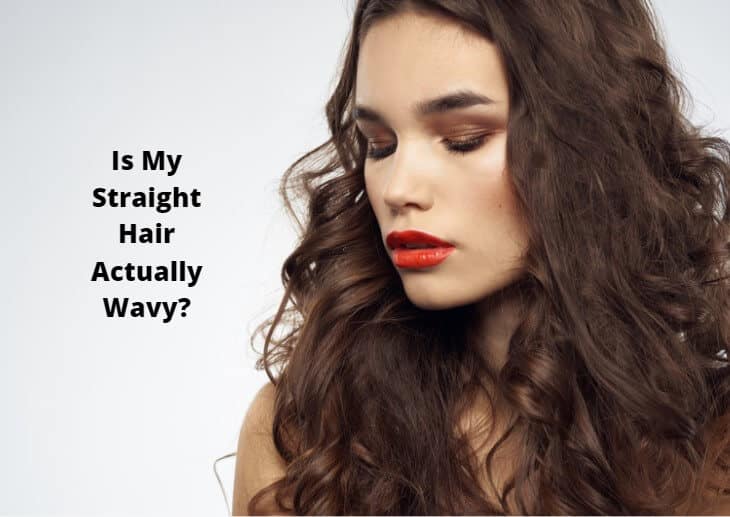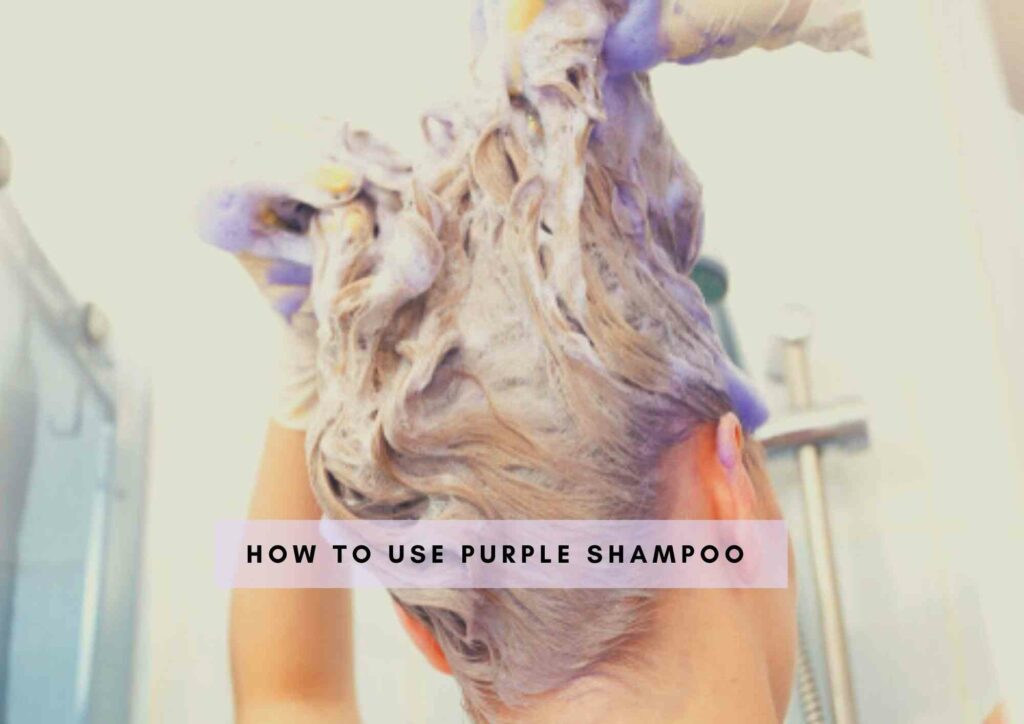What does brassy hair look like? If you’ve bleached your hair blonde and if this question is on your mind, check out this article to know what causes brassy hair and how to fix it!
If you want to try out all the fancy new lighter shades of hair colors that are trending, you might have to bleach your hair to some extent, especially if you have dark hair.
But most times the bleaching process doesn’t result in pristine white-blonde hair. There is some amount of brassy undertones on them.
No, don’t get confused; brassy hair is nothing but the unsightly orangish tone bleached hair takes on.
Related: How To Remove Brassy Tones From Blonde Hair
Related: How To Get Rid Of Brassy Hair Without Toner
Related: What To Do When Bleached Hair Turns Green
Brassy Hair Meaning
After bleaching, most dark hair doesn’t exactly become platinum blonde directly. If you have a warmer undertone of hair to begin with (chestnut, auburn, chocolate brown, and even black) then you might end up with brassy hair.
Okay but how does hair end up brassy in the first place?
Well, to lighten hair usually a mixture of bleach, ammonia and hydrogen peroxide is used. These chemicals penetrate into the hair strands and remove the melanin from hair which is responsible for the darker color.
But most times this lightening mixture isn’t powerful enough to remove ALL the melanin from hair. So bleaching reveals the natural warm undertones in your hair. Hence, your hair appears “brassy” or orangish in hue after bleaching.
What Does Brassy Hair Look Like 2023
Now that we know what brassy hair is and how it is caused, let’s dive into why exactly you do not want your hair to look brassy. And if you have recently-bleached blonde hair, how to identify brassy hair.
Why Is Brassy Hair Bad
Brassy hair is not bad at all. It’s simply unwanted as most people who bleach hair want a neutral base to apply a hair color or cooler blonde shades.
If your hair is light brown or red with natural “brassy” shades, do not worry. This is not a bad thing at all.
The main reason why brassy hair is seen as the enemy is because it won’t let your hair color come out right. Say you want a pastel pink hair color, you won’t get the right shade of pink if you apply dye on brassy hair.
So brassy hair is only a cause of worry when they make an appearance after bleaching.
What Does Brassy Blonde Hair Look Like
Here is what brassy blonde hair usually looks like:
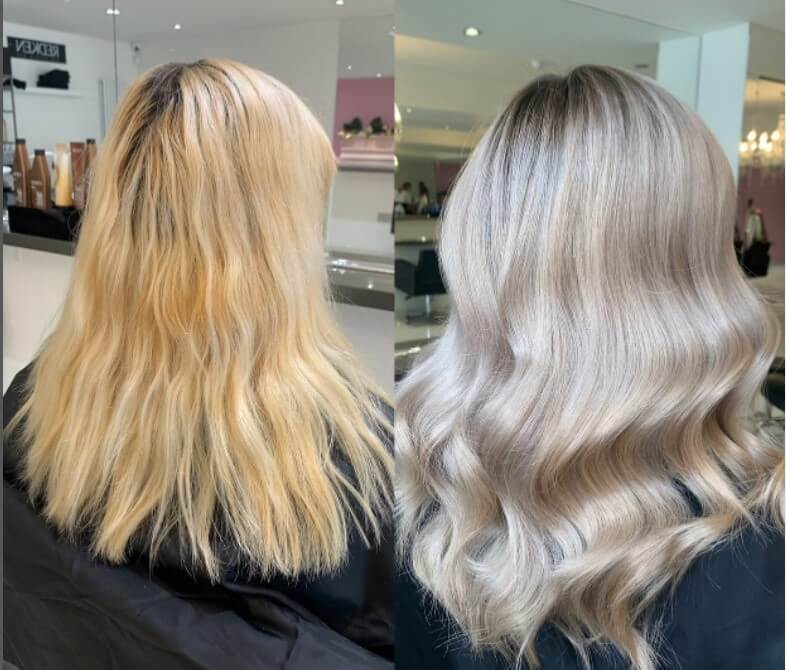
What Does Brassy Brunette Hair Look Like
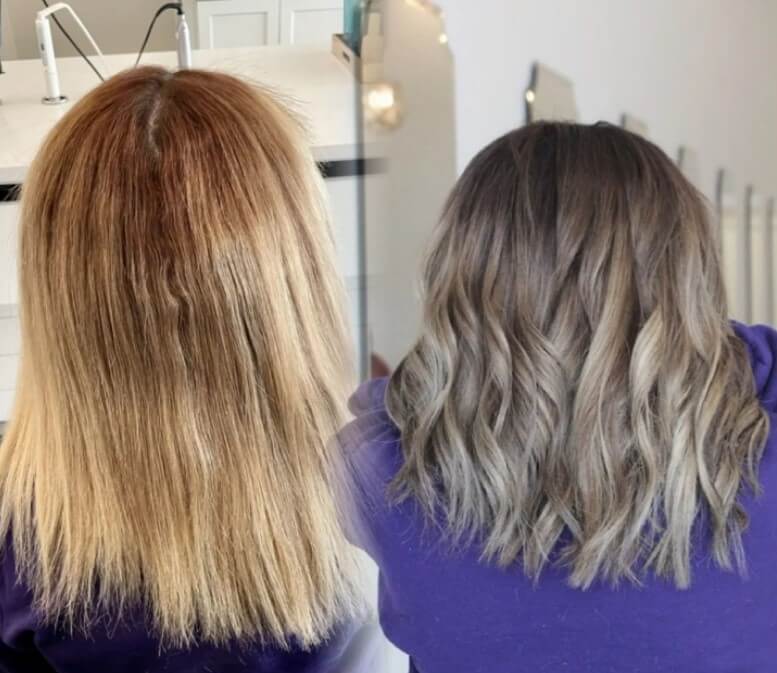
Related: How To Tone Brown Hair To Ash
Why Does Blonde Hair Turn Brassy
I have explained above that blonde hair turns brassy as when the bleach removes the melanin pigment responsible for your base hair color but doesn’t get rid of the undertones.
But did you know that there are several other reasons (that do not involve bleach) that cause your blonde hair to turn brassy and give it orangish undertones?
Here are some of the top reasons:
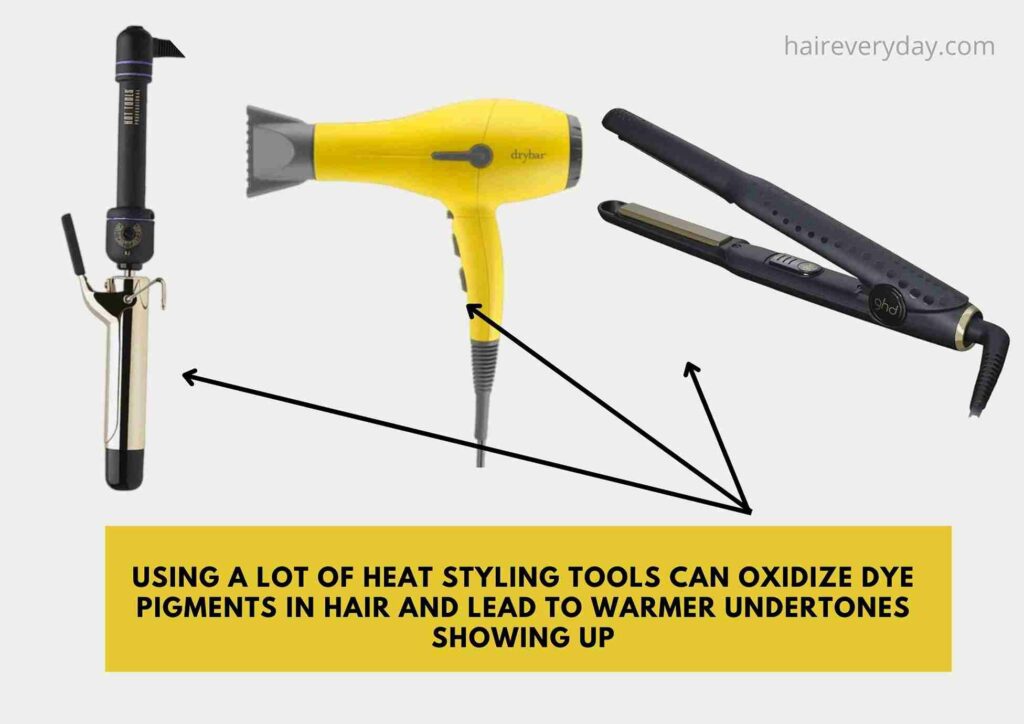
You use a lot of heat styling tools on hair
If you have bleached hair then you’ll have to take good care of it. Is it cool that you use a lot of heat styling tools? Nope. Is it chill that you’ve been using a hair dryer everyday? Not at all.
Your hair is delicate.
Heat can break down the chemical bonds in dyes and lead to a process called oxidation which causes these brassy undertones to appear in your hair.
One of the easiest ways to see if your hair is getting brassy due to heat tools is to check if the brassiness is all over or in streaks near the areas you straighten or curl often.
You have started swimming recently
Swimming pools and bleached hair are a bad combination. The chlorine from the pool doesn’t just speed up the oxidation process, making hair appear more brassy, but it also leads to a greenish discoloration on hair.
So be very careful to use a hair cap and moisturizers as protection before you go swimming.
You go out in the sun too often
Okay so you’ve taken really good care of your bleached hair yet find your tresses turning brassy and orange too often? Well, it’s probably because you haven’t considered the sun!
Yes, the UV rays are as bad for your hair as heat.
If you go out in the sun often the UV rays can cause damage by breaking down dye particles due to oxidation and cause brassy undertones to appear.
How To Fix Brassy Hair At Home
Do not go swimming without protecting hair
As I’ve mentioned before, chlorine from the pool is one of the biggest enemies of bleached hair. So one of the most important ways you can protect yourself is to wear a hair cap while going swimming.
There are also hair moisturizers, sprays and oils that coat hair in a protective layer and prevent chlorine from reaching them. So you can use these before going into the pool.
Tone hair using a blue shampoo or toner
The best way you can remove brassy tones from hair is to use a toner on your hair. This can be in the form of a toning hair mask or shampoo. These products contain blue pigments that remove orange tones from hair.
The color blue is opposite to orange in the color wheel so it can neutralize the brassy undertones in hair.
If you have platinum blonde hair and see that your hair is looking more “golden” or yellowing over time, you can use a purple toner or shampoo. As blue cancels out orange tones, purple removes yellow undertones from white-blonde hair.
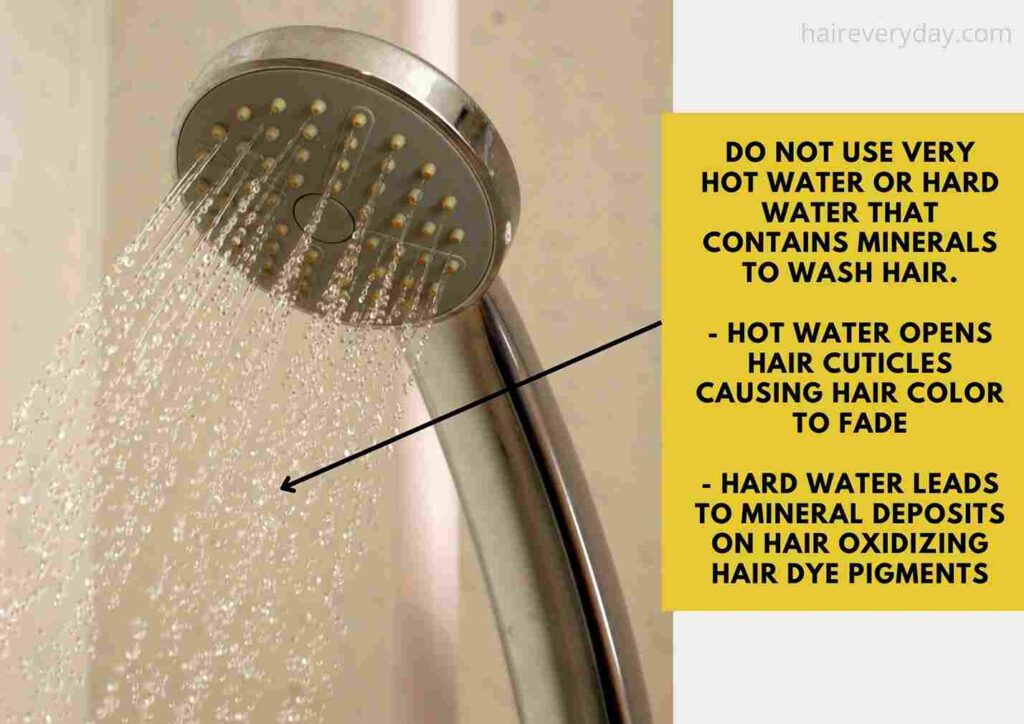
Do not wash hair using hot water or hard water
Hot water causes your hair cuticles to open and causes the hair dye to wash out faster. The heat also oxidizes the dye pigments causing brassy undertones to appear.
So the best way to ensure you do not get brassiness in bleached hair is to wash it with cold or at least lukewarm water.
This also has the added benefit of reducing frizz and increasing shine on hair as the cold water smoothens hair cuticles, causing them to lie flat.
Reduce shampooing and use dry shampoos instead
One of the easiest ways to prevent brassiness in hair (and to make your hair color last longer) is to stop shampooing your hair often.
Instead of washing your hair everyday, use shampoo 2-3 times a week. If your hair gets too sweaty or oily you can use a dry shampoo instead to absorb dirt and grease from your scalp.
Another thing to remember is to use the right shampoo. Sulfate-based shampoos are a big no-no. The harsh surfactants sodium laureth sulfate and sodium lauryl sulfate will absolutely strip your hair of color pigments and are harsh enough to cause brassiness.
Also, bleached or colored hair is often in a fragile state due to all the chemicals used on them. And using sulfate-based shampoo will only dry and damage them further.
So following these tips I’ve listed out above will not just stop your hair from getting brassy, but they will also prevent hair damage.
Choose the right blonde hair color
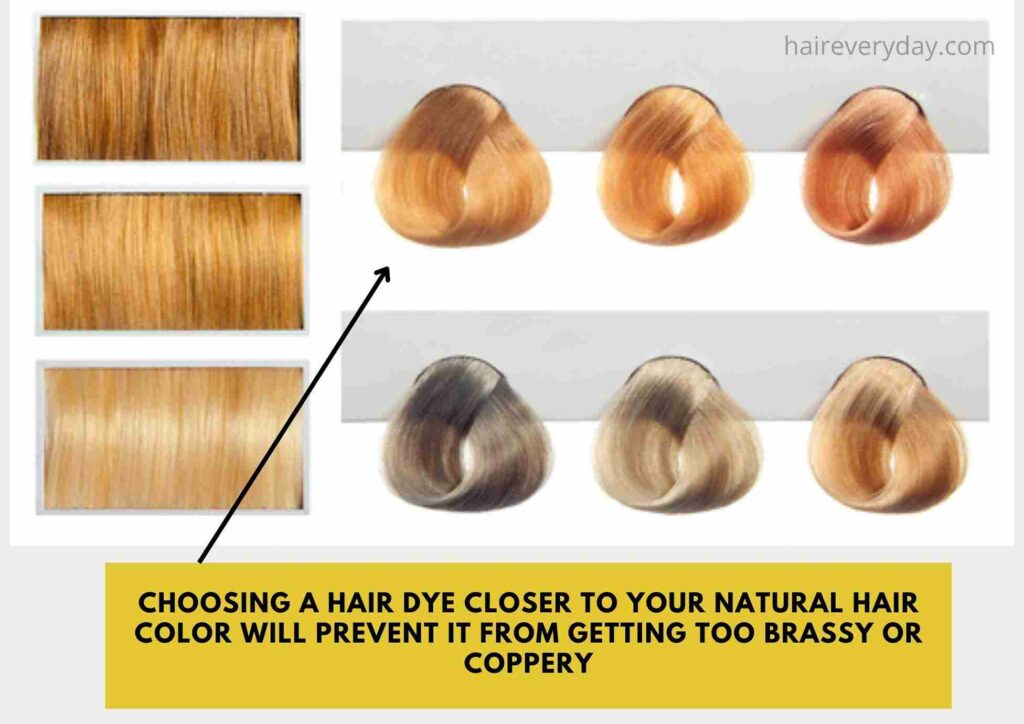
If you do not want your bleached blonde hair to turn orange all over, the best thing to do is pick the right shade of blonde for you.
Brassiness only appears when you have warm undertones on your hair that come to the forefront when bleach removes the melanin from your hair.
So pick a blonde color that is closest to your natural hair color to prevent hair from getting too brassy.
Also you can ask your hairstylist to use a mix of highlights and lowlights in your hair instead of going blonde all over.
Not only does this add volume and depth to hair, but it will also stop your whole hair from turning brassy.
Is Purple Shampoo the Only Solution for Brassy Hair
No, not at all. In fact, purple shampoos do not help brassy hair at all. Purple is opposite yellow in the color wheel, while blue is opposite orange. So purple shampoos are great for removing yellowness from white/grey hair while blue shampoos are the one that removes orange tones from hair, thus eliminating ” brassiness”.
However, there are other ways to remove brassy tones from hair without purple or blue shampoo. The easiest way to do to this is to bleach hair for one more sitting. This can be done only if you’re hair isn’t damaged or overprocessed so be careful.
Also, you can use a bleach bath to lighten hair. This means you have to rinse hair with a very diluted bleach mixture that is strong enough to remove brassy tones but not harsh enough to damage hair.
If the brassiness in your hair not too much, you can use home remedies like washing hair with apple cider vinegar, lemon-water solution or other acidic solutions. Low pH substances are natural bleaching agents and can remove brassy tones to a certain extent.
FAQs on Brassy Hair
How do you know if your hair is brassy?
If you see orange undertones in your recently bleached hair or if you’re golden blonde hair is turning coppery then you have brassy hair. This brassiness is caused by the presence of warmer undertones on your hair that the bleach did not get rid of.
What color cancels out brassy orange hair?
Since blue is opposite to orange in the color wheel, blue pigments can cancel out brassiness in hair. So if you want to remove brassy orange tones from hair you can try using a blue hair toner or blue shampoo that contains blue-colored pigments.
How often can I tone my brassy hair?
You can tone your hair every 5-7 weeks depending on the amount of brassiness in your hair. However, you need to remember that it’s only 5-7 weeks IF you take care of bleached hair well. This means using sulfate-free shampoos, not washing your hair often, and using damage-repair hair masks for bleached blonde hair to prevent damage. If you do not follow these steps you will have to tone bleached hair more often.
Conclusion
Brassiness is the presence of orange and copper undertones in bleached blonde hair. It is the result of the bleach removing melanin from hair strands, revealing the warmer tones underneath.
If you find your hair looking orange instead of platinum or even yellow-blonde after bleaching, then you have brassy hair.
However, brassy hair can easily be fixed by using a blue toner after bleaching as the blue pigments instantly neutralize the orange tones in hair.
You can also try out a blue shampoo instead.
Also Read:
How To Dye Brown Hair Blonde Without Using Bleach
How To Dye Hair Silver At Home
To Summarize

